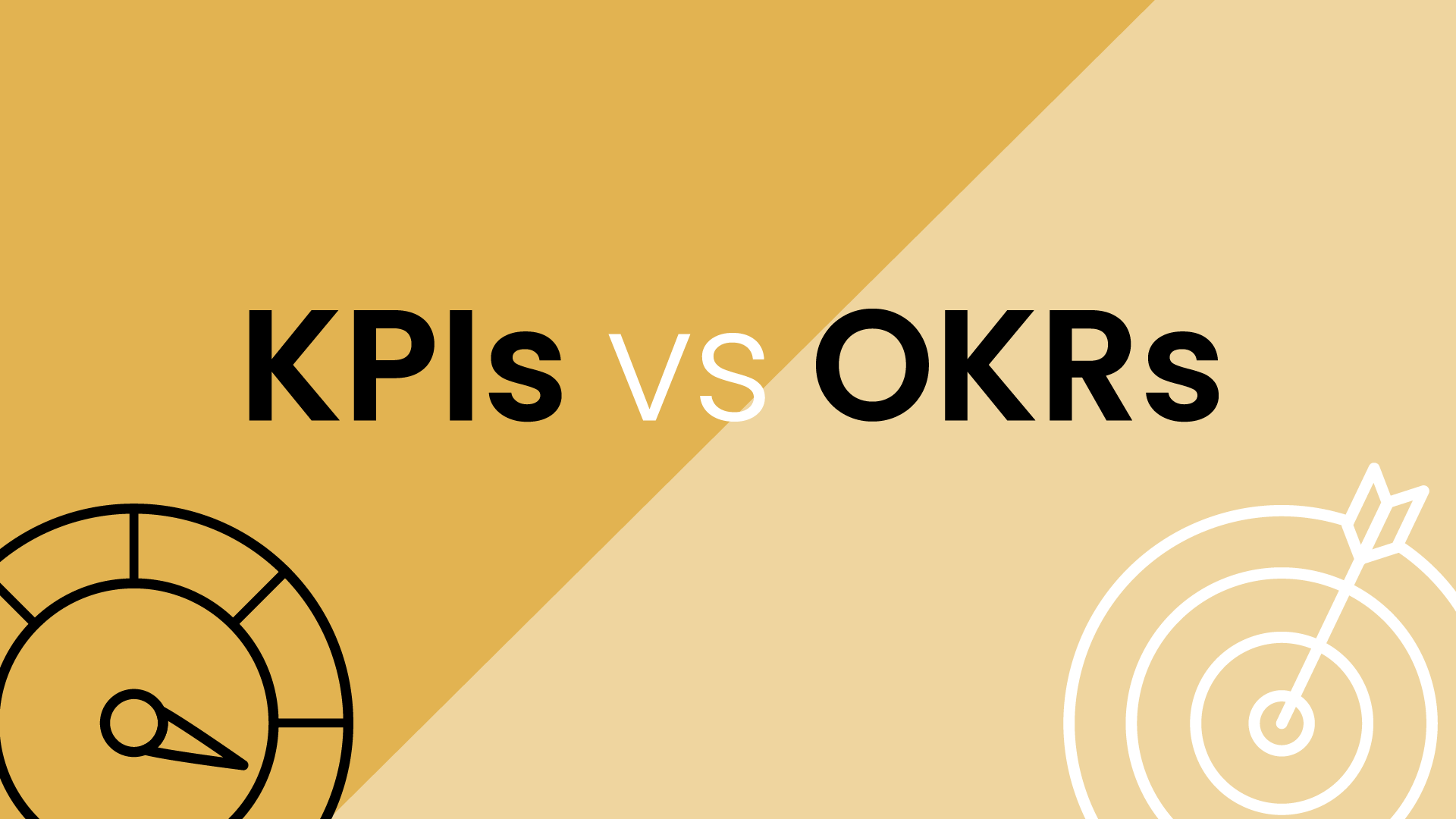What are KPIs?
Key Performance Indicators, or KPIs, are quantifiable metrics that track an organization's progress toward goals or strategic objectives. They provide a real-time snapshot of performance, showing if an organization or team is on course or needs to adjust its strategy.
A key performance indicator must be measurable, with clearly defined targets. For example, a KPI might be to "increase website traffic by 15% this quarter." This data is used to celebrate successes, pinpoint areas needing improvement, and drive informed decisions that lead to achieving overall business objectives.
How do KPIs work?
Here's a breakdown of how KPIs work:
1. Setting strategic goals
The process starts with defining your organization's most important objectives. These goals should be clear, measurable, and aligned with your overall business strategy.
2. Identifying the right KPIs
Once you have your goals, you'll want to determine the right key performance indicators to accurately measure your progress. KPIs need to be quantifiable and have clear targets you're aiming for.
3. Data collection
Make sure you have systems in place to gather reliable data for your chosen KPIs. This may include sales reports, customer surveys, website analytics, or other data sources.
4. Tracking & monitoring
Regularly track your KPIs over time. Set a frequency for monitoring (daily, weekly, monthly) depending on the nature of the KPI. Visualizing KPIs through KPI dashboards makes tracking easier.
5. Analysis & decision making
Analyze the KPI data to understand trends, identify areas of success, and pinpoint where improvements are needed. Use this information to make informed decisions about strategy, resource allocation, and process improvements.
What's the difference between KPIs & metrics?
While both KPIs and metrics are used to track performance, they have a key distinction:
- KPIs: KPIs are highly strategic metrics directly tied to critical business goals. They tell you how close you are to reaching your most important targets.
- Metrics: Metrics are broader measurements that track various business processes and activities. They offer insights into specific areas, but may not always directly reflect overall business success.
So, ultimately, all KPIs are metrics, but not all metrics are KPIs. Only the critical metrics for measuring progress toward your top objectives are considered KPIs.
Example:
- KPI: Increase website conversion rate by 10% this quarter (directly measures progress towards a business goal)
- Metrics: Website traffic, bounce rate, time-on-page (these support the KPI, but don't solely determine its success)
What are the different types of KPIs?
Here's a breakdown of the different types of KPIs, along with brief explanations and examples:
1. Lagging KPIs
Lagging indicators measure the results of past actions. They demonstrate what has already happened.
Examples:
- Net Profit Margin
- Customer Retention Rate
- Overall Revenue
2. Leading KPIs
Leading indicators predict future outcomes and help drive proactive decision-making.
Examples:
- Website Traffic Growth
- Sales Pipeline Value
- Customer Acquisition Rate
3. Input KPIs
Input KPIs measure the resources invested into a process.
Examples:
- Marketing budget
- Number of training hours
- Amount of raw materials used
4. Output KPIs
Output KPIs measure the direct results of a process or activity.
Examples:
- Number of products manufactured
- Number of leads generated
- Number of support tickets closed
5. Process KPIs
Process KPIs measure the efficiency and effectiveness of internal processes.
Examples:
- Average order processing time
- Customer support response time
- Defect rate in manufacturing
The benefits of using KPIs
Here's a breakdown of some of the key benefits of using KPIs:
1. Focus & alignment
KPIs help organizations define what success looks like and confirm everyone is working towards the same critical goals. This creates clarity and a shared sense of purpose.
2. Accountability
By tracking KPIs, teams and individuals can be held accountable for their progress towards specific goals. This promotes ownership and a results-driven mindset among employees.
3. Data-driven decision-making
KPIs provide objective evidence to support strategic decisions. Instead of relying on gut feelings, businesses can analyze trends with a KPI report to make informed choices about resource allocation, process changes, and new initiatives.
4. Early identification of issues
By regularly monitoring KPIs, organizations can spot potential problems, risk factors, or deviations from targets early on. This allows them to make timely strategic measures or course corrections to avoid more significant issues down the line.
5. Measure progress & success
KPIs help demonstrate the impact of your efforts and quantify the progress you're making towards your goals. This can be motivating for teams and help you justify investments.
Examples of KPIs
Here's a list of KPI examples across different business areas. Remember, the best KPIs for your organization will depend on your specific industry and goals:
Sales KPIs
- Revenue Growth (year-over-year or quarter-over-quarter)
- Sales per Representative
- Customer Acquisition Cost (CAC)
- Lead-to-Customer Conversion Rate
- Average Deal Size
Marketing KPIs
- Website Traffic
- Lead Generation (number of qualified leads)
- Cost per Lead (CPL)
- Customer Lifetime Value (CLV)
- Return on Marketing Investment (ROMI)
Engineering KPIs
- Deployment Frequency
- Change Failure Rate
- Mean Time to Recovery (MTTR)
- Cycle Time
- Code Coverage
- Bug Density
- Developer Velocity
Customer Success KPIs
- Net Promoter Score (NPS)
- Customer Satisfaction (CSAT)
- Customer Churn Rate
- Customer Retention Rate
- Average Time to Resolve Support Tickets
Finance KPIs
- Net Profit Margin
- Gross Profit Margin
- Return on Investment (ROI)
- Days Sales Outstanding (DSO)
- Current Ratio (liquidity)
Project Management KPIs
- On-time Project Completion Rate
- On-budget Project Completion Rate
- Number of Change Requests
- Project ROI
- Customer Satisfaction with Project Deliverables


















